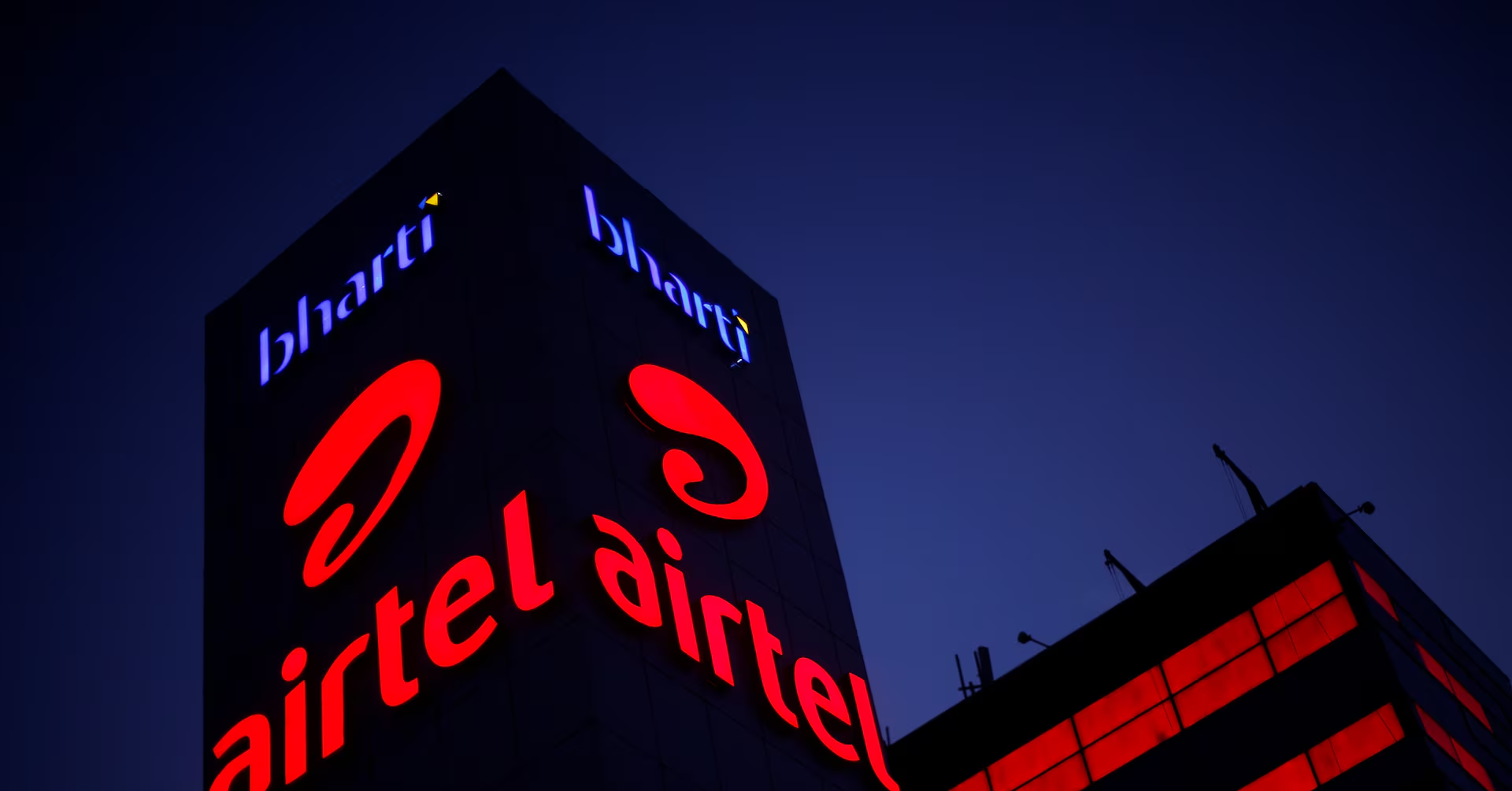Kenya’s satellite internet sector is experiencing a curious contradiction. According to the latest industry data, satellite internet subscriptions dropped by 9.9%, falling from 19,400 to 17,475 users.
Yet, in the same period, satellite bandwidth consumption increased by 32.7%, reaching a total of 45.3 Gbps.
This trend, while surprising at first glance, reveals an emerging shift: satellite internet in Kenya, specifically services like Starlink, is becoming more attractive to enterprises than to ordinary consumers.
Residential Users Retreat Amid Cost and Competition
Starlink caused a stir when it launched in Kenya, offering fast, low-delay internet to places that had poor or no access before. But the recent dip in subscriptions suggests that residential users may be pulling back, and cost appears to be the primary culprit.
With an initial hardware cost exceeding KES 80,000 and monthly fees around KES 6,500, Starlink remains out of reach for many Kenyan households, especially in rural or low-income areas.
Additionally, the service requires a consistent power supply and lacks widespread local support, two challenges that further deter home users.
Compounding the issue is stiff competition from fiber and mobile-based fixed wireless services, which offer more affordable and accessible internet packages in towns and cities.
Bandwidth Boom: The Enterprise Effect
Despite the falling user base, satellite data consumption is rising dramatically. This indicates that those still using satellite internet, while fewer in number, are using significantly more bandwidth.
The shift points to increased adoption by businesses, government agencies, and NGOs operating in remote or infrastructure-poor regions.
These enterprise users demand high-speed connectivity for mission-critical operations such as
- Remote field site monitoring (e.g., in agriculture, mining, and wildlife conservation)
- Real-time communication in off-grid regions
- Emergency services and disaster response
- Connectivity redundancy for sensitive operations
Fiber and Fixed Wireless Are Catching Up
At the same time, fiber and fixed wireless access (FWA) providers are expanding rapidly in Kenya. Operators like Safaricom, Zuku, Faiba, and Mawingu are investing heavily in last-mile connections that offer more reliable service at a lower cost.
Fixed wireless 4G and emerging 5G home internet solutions, in particular, are gaining popularity in peri-urban and rural fringe areas, markets that Starlink once seemed poised to dominate.
As these alternatives become more accessible, many users may be switching away from satellite internet, preferring services that don’t require expensive equipment.
The latest numbers suggest that satellite internet in Kenya is shifting away from being a residential solution and moving toward a specialized connectivity option for enterprise, government, and emergency use.
While Starlink and similar providers still hold potential for transforming internet access in remote regions, they may need to adjust their business models to compete effectively in the broader consumer market.
Pricing flexibility, local customer support, and more inclusive service packages could help satellite internet regain ground among everyday users.
The drop in subscriptions is a clear signal that the mass-market appeal is waning, at least for now. But the massive jump in data usage shows there’s still strong demand, just from a different kind of customer.






























